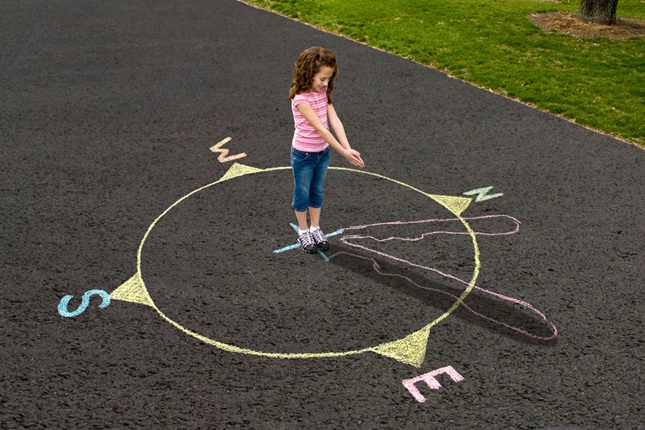UNIT GUIDE (download here)
Students investigate the phenomenon of changing amounts of daylight per day over a year. In Seattle, there is a noticeable difference for students waiting for the school bus in December when they wait in darkness, compared with April or May when it’s bright. Why does the amount of daylight change over a year? This phenomenon works for many other cities in the world as well. Simulations, readings, and videos support students in making sense of the observations and data they collect during hands-on investigations. Throughout the unit, students have multiple opportunities to represent and interpret first and second-hand data. To explain this phenomenon, students will draw upon and make connections between what they learn from this unit about the Earth’s rotation, tilt, and revolution along with how directly the Sun’s rays strike the Earth at certain places. Ultimately, the model and explanation students create is of the changing-daylight phenomenon; however, knowing the big science ideas behind this phenomenon allows students to understand or explain other related events, such as the causes of seasons or why patterns in the constellations we observe at night would appear to change over the year.



 This site is primarily funded by the National Science Foundation (NSF) through Award #1907471 and #1315995
This site is primarily funded by the National Science Foundation (NSF) through Award #1907471 and #1315995